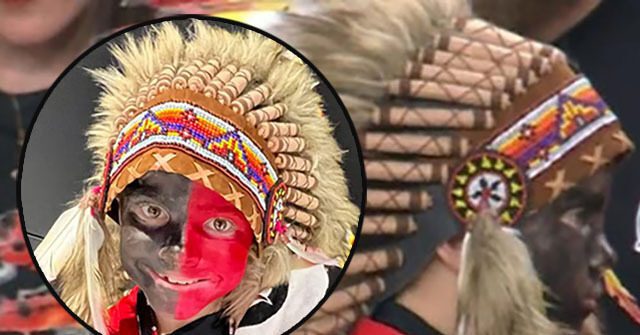The defamation lawsuit filed by Raul and Shannon Armenta, parents of the 9-year-old Kansas City Chiefs fan wrongfully accused of racial insensitivity by Deadspin last year, has brought into sharp focus the often blurry line between opinion and factual reportage. As defenders of free speech and truth in journalism, we find it imperative to dissect this case which serves as an intersection of online accountability, defamation, and the undeniable impact of misleading information.
In the incident under scrutiny, Deadspin featured an article last November, penned by Carron J. Phillips, that pilloried a young Chiefs’ fan for his game-day wear – face paint and a Native American headdress – construing it as offensive to both African Americans and Native Americans. The article sensationalized a convoluted narrative, drawing uncorroborated parallels with Jon Gruden’s controversial emails.
What raised eyebrows was the biased representation of the child’s appearance in the article. By choosing to show only the side of the boy’s face painted black, the article conveniently failed to represent the other half of the face, painted red.
Following the publication, Raul and Shannon Armenta took legal action against Deadspin on Monday, alleging the article had “maliciously and wantonly” slandered their son. The lawsuit drew attention to the strategic omission in the article, accusing Deadspin of selectively showcasing the black-painted side of their son’s face.
They refuted the claim that their son’s attire was a manifestation of racial prejudice, asserting instead that his costume represented his enthusiasm for the Chiefs and his heritage. The ramifications of the article, they argued, extended beyond online backlash; they allegedly received death threats, in addition to considerable damage to the family’s personal and professional lives.
Even though Deadspin has modified the article’s headline and removed the boy’s images citing regret, the damage, as reported by the Armentas, has already seeped into their lives. Beyond the incident, this article begs the question – where is the line between journalistic responsibility and sensationalism?
In an era of pervasive digital journalism where information, true or otherwise, is perpetually at our fingertips, it is both urgent and necessary to hold media houses accountable for responsible, impartial reportage. The freedom of speech is not a pass for unverified or harmful narratives. The Armentas’ lawsuit reminds us that journalistic ethics should not be compromised in the pursuit of sensationalism or controversy.
As we draw to a close, it becomes evident just how critical it is to strike a balance between freedom of speech and responsible journalism. This incident reiterates the pressure point of today’s media landscape, underlining the urgent need to maintain integrity and accuracy within the journalistic community. Despite the digital age blurring the lines between fact and fiction, it remains imperative for journalists to uphold the truth and navigate the delicate balance of detailed reporting and respecting individuals’ rights.



